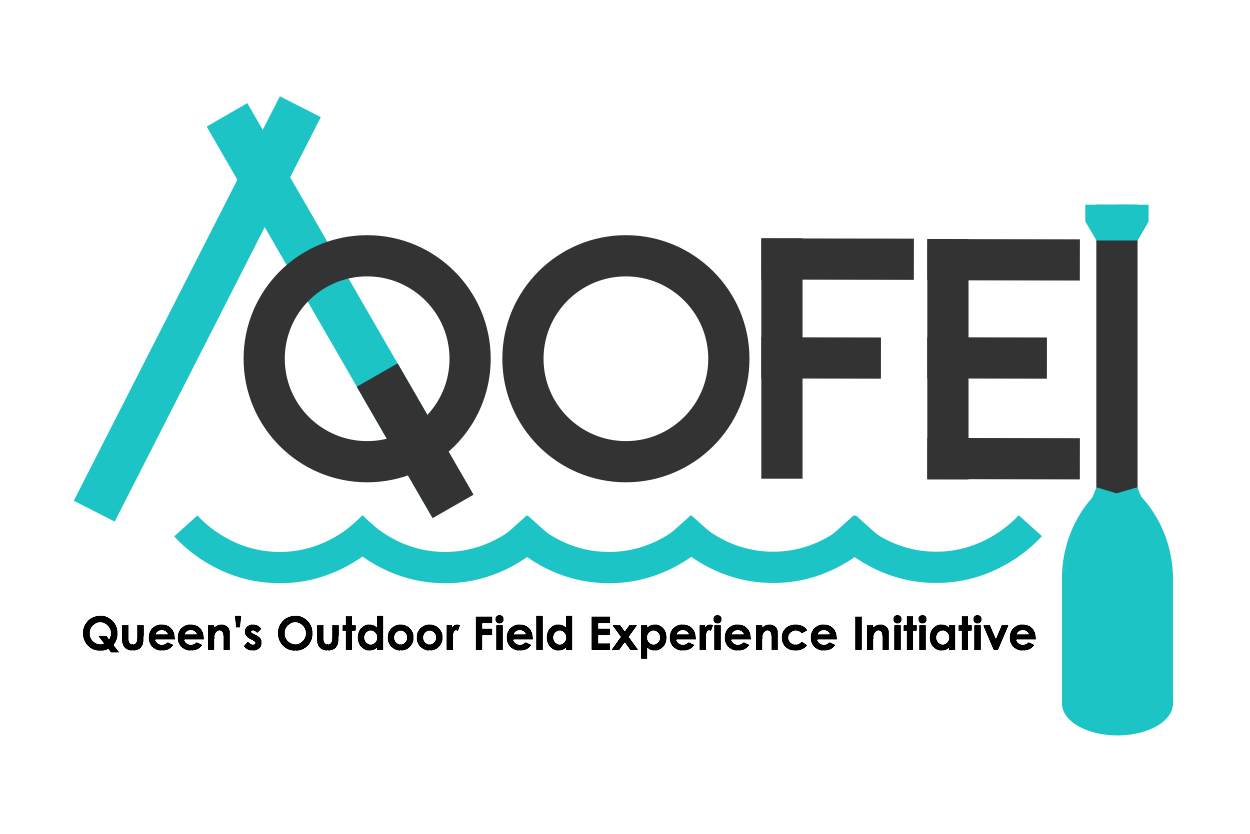Yael, MSc student
Who am I and what is my fieldwork project?
My name is Yael, and I am a first year MSc student in the QE3 Research Group. I study the effects of microplastic pollution on freshwater invertebrates. This past summer, I was conducting a field experiment up at IISD Experimental Lakes Area (ELA), where we set up 12 large open-bottom enclosures in the lake and added a mixture of colour-coded microplastic in a range of concentrations. The goal of this experiment was to understand how the natural communities in the lake are affected by microplastics. For my project, I am specifically interested in how two important groups of invertebrates – adult aquatic insects and zooplankton communities – respond to different levels of microplastic pollution. I sampled these communities from our enclosures on a weekly basis and am now identifying them under the microscope to assess how diversity, abundance, and biomass differ between concentrations. We are hoping that our results can help inform future regulation of microplastic in Canada’s lakes.
What was the best part of fieldwork?
As an undergraduate, I learned about the major role that ELA has played in producing influential limnological research. Getting to conduct research there for 3 months was really a dream come true for me! And I was so lucky to work with so many fantastic people who made the long days in the field so enjoyable. It was great to be a part of the community at ELA – there was always something fun happening ‘at camp’ even on the busiest of weeks, be it a game of beach volleyball, canoeing, or a special event like the annual “Variety Night” or Wine and Cheese.
What was the most challenging part of fieldwork?
ELA definitely lives up to the motto “work hard, play hard” – we had a lot of long days and not a lot of free time. It is easy to get very tired, and that’s when things like the constant swarm of black flies around you, finding another tick on your lunch bag, or (accidentally!) dropping a pair of tweezers in the lake start to get to you. But when you are working with a good group of people, you’re able to turn those types of situations into “type 2 fun” and laugh about it together.
